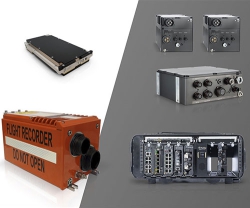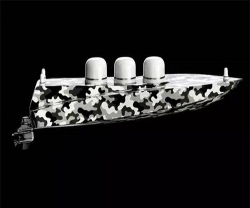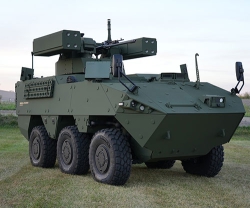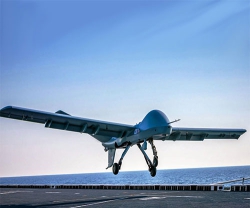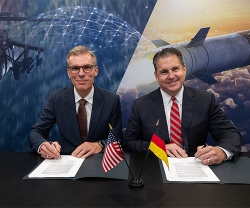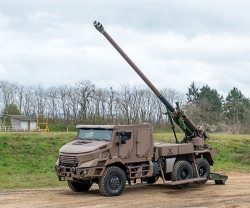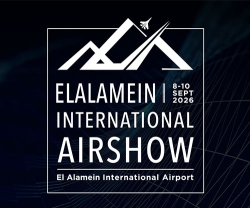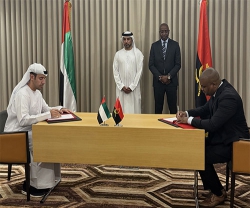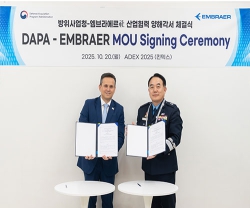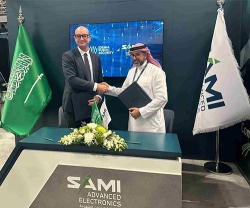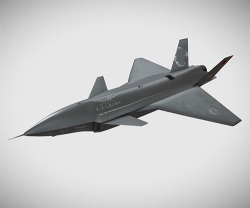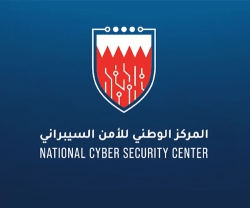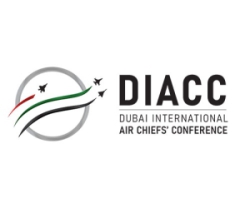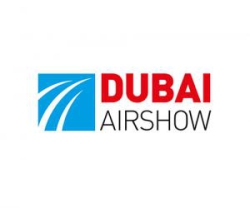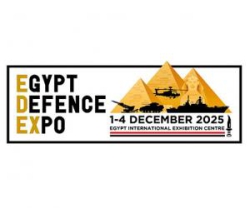In the current uncertain geopolitical situation, Naval Forces are facing various new threats in today’s maritime battlespace and challenging asymmetric threat environments, which require unprecedented sensor capabilities. Both blue water missions and littoral scenarios are characterized by a high target density which, together with adverse environmental conditions (ducting conditions, coastal clutter environment, hovering targets and windmill farms) pose real challenges to the ships’ mission effectiveness and survivability.
New radar technologies, smartly employed by HENSOLDT’s latest TRS-4D naval radar, offer an affordable, effective and versatile answer to these multiple new environment and threats.
TRS-4D marks HENSOLDT’s innovative step beyond conventional radar systems into what is called a “new dimension” of operational capabilities. Based on latest Gallium Nitride Active Electronically Scanning Array (GaN AESA) antenna technology, smart and dedicated exploitation of AESA scanning in azimuth and elevation enables high search efficiency, track initiation performance, accuracy and track stability.
The TRS-4D radars have been successfully introduced into service with demanding European and U.S. customers (for example, the non-rotating variant on the German F125 frigates and the rotating variant on the U.S. Navy’s LCS-class ships). The TRS-4D provides a proven, low risk, modern solution that is interoperable with other partners, allowing for reliable obsolescence management for long periods.
TRS-4D has shown excellent performance on land, in blue water and in complex littoral environments with mixed clutter and highest target densities. It is capable of detecting, tracking and classifying various types of air and sea targets, with particular emphasis on small, fast and low-flying missiles, small agile surface targets, fixed-wing aircraft and hovering helicopters.
Combined with highly sophisticated dynamic resource management, the AESA capabilities increase track update rates as well as accuracy required to counter current threats. Modern digital technology and compact design allow for easy integration with the long list of sensor equipments in a modern warship. Cued Track enables the robust tracking of identified high priority targets (either automatically or by external designation for enhanced target tracking support).
Operation of the radar system is optimized for minimum operator workload and automatically adapts to the environmental challenges (like complex coastlines, mixed sea states, ducting conditions, influence of land traffic etc.). For instance, traffic maps are included and prevent false alarms from vehicle targets near the coastline.
The radar system is designed for continuous operation and high operational availability with a high Mean Time Between Critical Failures (MTBCF). Maintenance-free missions are enabled by Military Off-The-Shelf (MOTS) high quality components and an architecture that allows for graceful degradation through the use of multiple solid state transmit and receive modules. The low Mean Time To Repair (MTTR), high Mean Time Between Failures (MTBF) per component and the advanced built-in test equipment together assure easy maintenance and enable low Life Cycle costs of the radar system.
The innovative digital beam forming design of the TRS-4D combines multiple simultaneous beams on receive in elevation for fast volume search and electronic agility in azimuth.
The all-in-one mode of the non-rotating system provides automatic detection and tracking of air and surface targets with an optimized waveform exploiting the possibility to scan electronically any direction within the hemisphere. By comparison, the rotating variant fully exploits the AESA features under the constraint of the mechanical rotation: look-forward and look-back features enhance the cued track functionality tremendously. First, the tracks for dedicated targets are more stable, tracks for defined threats are more quickly set up and knowledge from other sources (neighboring radars, satellites, etc.) are detected more quickly. TRS-4D is designed to provide a reliable tracking for a wide variety of targets at a very low false alarm rate.


